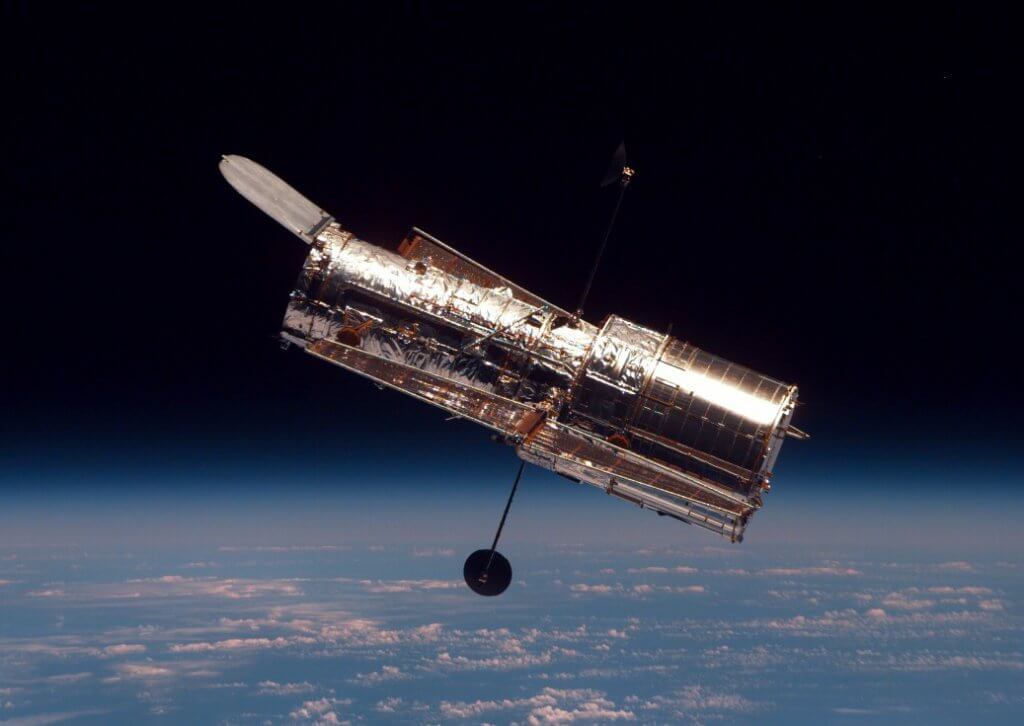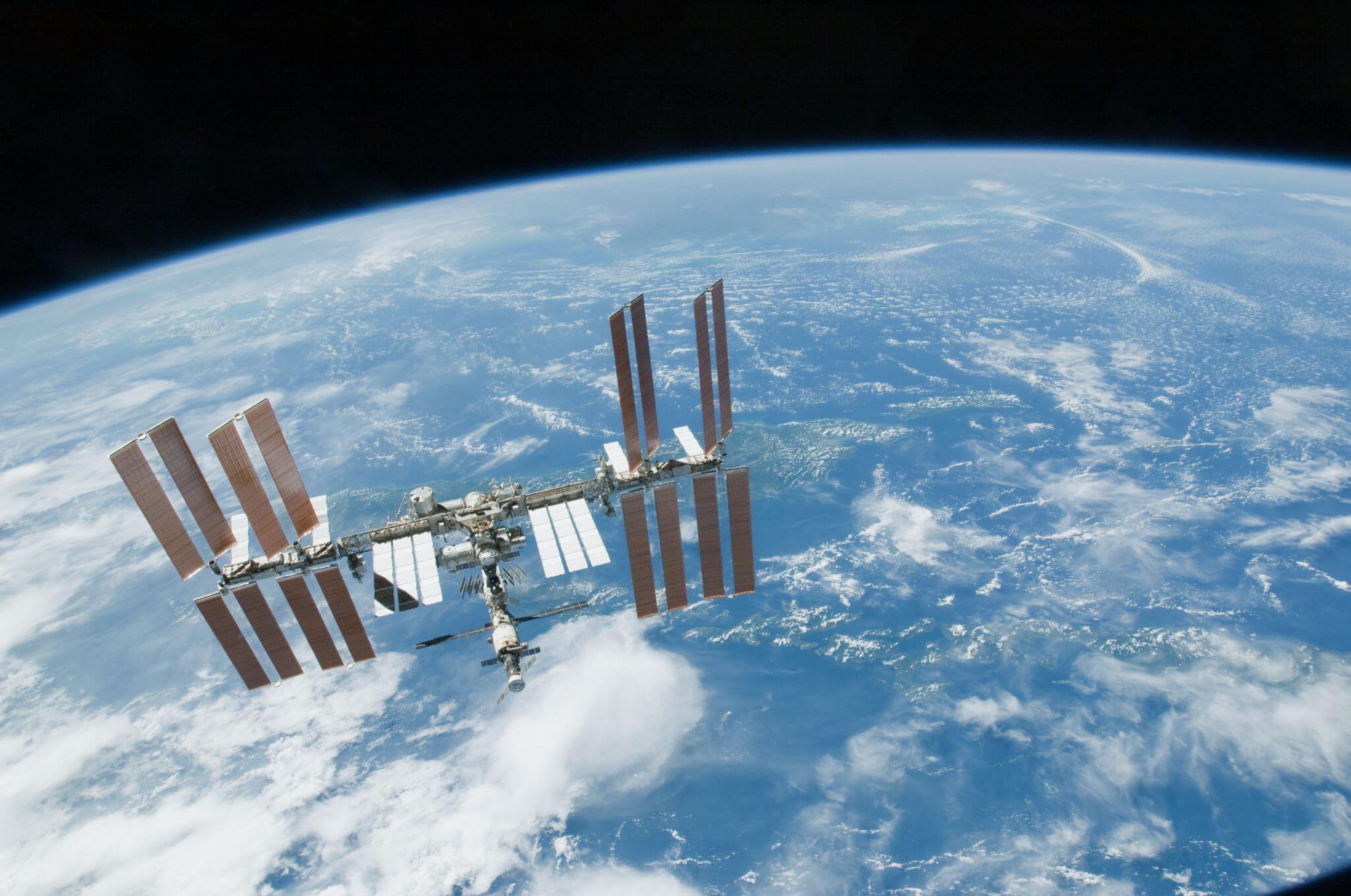The Hubble Space Telescope fell into a safe mode after one of its remaining three fully operational gyros malfunctioned on 5 October 2018 preventing observations using the venerable astronomical spacecraft. The gyro concerned had been reportedly degrading for a year. The Hubble Space Telescope had its six gyros replaced in 2009 by Space Shuttle astronauts. However, in March and April two of these failed.
This latest failure has officially left three working gyros, however, another gyro was also said to be seriously “unwell”. This fourth faulty gyro – Gyro No 3 – of an “enhanced design” had been powered down after showing anomalous behaviour preventing a return to service for Hubble. NASA were examining a work around method of spacecraft attitude control using two or even just a single working gyro. This latter method has the advantage of “resting” one of the gyros which would act as a reserve for the other. However, it has since been revealed that Gyro No 3 maybe usable via a special operating procedure allowing full three gyro control again.
Update on 26 October 2018: NASA has revealed that its Chandra X-Ray observatory fell into a safe mode on 10 October 2018 after a suspected fault to one of its gyros. The safe mode was caused by a glitch in one of Chandra’s gyroscopes resulting in a 3-second period of bad data that in turn led the on-board computer to calculate an incorrect value for the spacecraft momentum. The erroneous momentum indication then triggered the safe mode. The spacecraft was recovered to operation on 21 October by switching the gyroscopes and placing the gyroscope that experienced the glitch in reserve.







